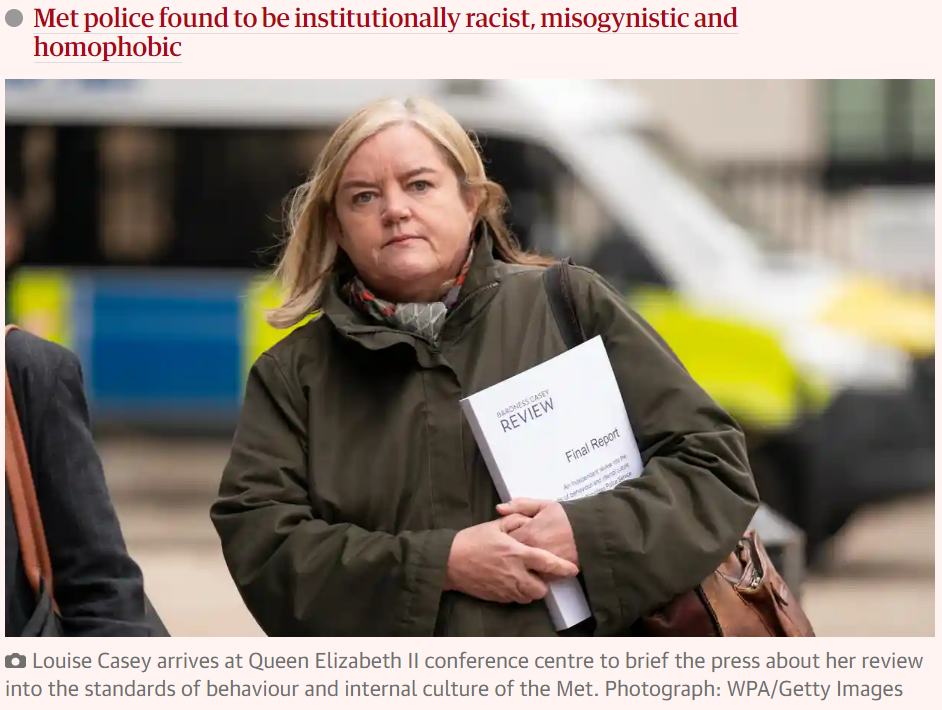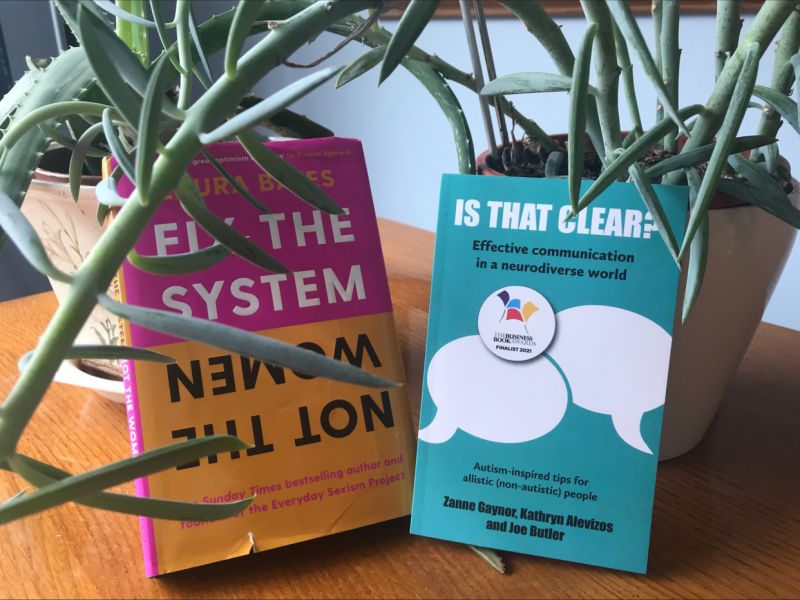Whether it is the police, firefighters or whatever sector coming next, misogynistic, racist and homophobic workplaces are being exposed with more data, more evidence and more voices in the room than ever before.
I’d like to say that we are getting traction on solutions, although progress seems to be breath-takingly slow. Awareness is surely the start of any change though, and it is my serious hope that our shared voices can never go backwards again.
Last Friday was our inaugural EDI (Equality, Diversity and Inclusion) lunchtime bookclub meeting and we were delighted to discuss, if not delighted to read, the shocking, disturbing and data packed book by Laura Bates: “Fix The System, Not The Women“.
The structure of the book drew you in. First the author’s own story, then an invitation to draw up our own “List” of the unwanted and unsolicited sexual advances, harassment and intrusion in our lives so far.
Then, chapter by chapter, we learnt how the problems have been created, in education, policing, criminal justice, politics and media, and the resistance we can all face in our attempts to challenge and improve these systems.
Our felt experience from reading the book was depressing and upsetting. In the main we were angry, very angry, as the chimes between our own lives and those of others became clear.
Some of the key themes were:
- Fundamentally women just don’t seem to be valued or liked in our society. Not really. If we were, why do these things stay the same.
- The frame of reference is to see the woman, as a person acting on her own, as the one to blame. It is solely her choice or behaviour which leads to a negative outcome for her and she is the one who must change.
- There is no need for the overall system, prevalent attitude or mindset to examine itself or change. My own thoughts are because this would involve sharing power differently, and those with power, in my analysis, never seem to volunteer this or go first.
This is a big book, covering big issues. Initially I was surprised so little was about sexism and sexist behaviour at work, until I realised that we need to fix the bigger system first, where:
- hundreds of women are sexually harassed, raped and murdered; the devastating case of Sarah Everard walking home being just one of countless examples
- intersectionality is crucial, where factors alongside gender can increase risk
- it starts early, with different rules for boys and girls, with girls being expected to change to solve a problem created by boys (for example clothing)
- we attack decision makers, relentlessly pulling down our senior, influential women and female politicians through social media. This makes it an increasingly unattractive place for them to be.
Personally I found the book’s conclusion liberating and uplifting. It’s not just up to the women survivors to bring about change here. The responsibility is shared, and we must build on the action of those who have been brave and sometimes endured high personal cost bringing their stories and personal power to the fore.
Although nearly all of the violence is perpetrated by men, it seems to me that the majority of women and men want and support change.
How can we build on what our brave whistle blowers and our senior, female decision makers, politicians and role models, and key male allies do?
Authority, on its own, doesn’t seem to be doing the trick in bringing about the change needed here; whether this is Government, public authorities or new laws. It is too slow, sporadic, piecemeal and seems to go backwards all too easily.
If we accept that authority on its own is not enough, that more is needed, and that all our voices are needed to take a part, maybe we need to think again. We can call upon leadership thinking to find ways for us all to engage attention, build on initiative and create unstoppable momentum.
One model is Cialdini’s Six Ways of Influencing and Persuading Others:
There are two modes of influencing which may be helpful for us here:
- Consistency (or Commitment): This is about starting small and then building more. If we can ask a colleague to add to something we say, for example, to reframe language, maybe they will develop confidence to say a little more or go first next time too. Then things can become the norm.
- Consensus (or Social Proof): When we communicate what others are doing, this can encourage others to do the same. Good practice can become the norm and something people want to be a part of.
What are your thoughts? How else can we all take a part in, and want to take a part in, this mass movement for change?
And if you would like to talk more about this, get in touch.
April’s EDI book club looking at neurodiversity, with the short book, “IS THAT CLEAR” Effective communication in a neurodiverse world.
All are welcome! If you would like to join us, get in touch, and Gill will send you the zoom link!
Date and Time: Friday 28th April at 12.30pm BST (GMT+1)
Gill How loves to work internationally with managers, executives and professionals to help them to evolve, stretch and grow their leadership capability. She is a Master Executive Coach, innovative Leadership Developer and harbours some significant walking goals! If she can help you in developing the potential of the professionals in your organisation, get in touch!
Like this content? Sign up here:
Photo Credits: Martin and Gill How







